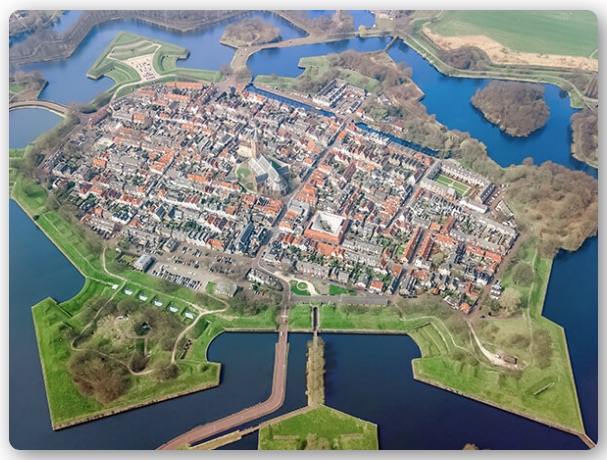“Never before has the future looked so exciting.” That’s how the ASCE introduces “Future World Vision,” an ambitious, hopeful and deep examination of future trends and how civil engineers can be better equipped to meet the unprecedented challenges of tomorrow, including climate change and rapid population growth.
Future World Vision “reimagines” infrastructure, looking at plausible future scenarios for our world, at a much larger scale than the typical focus of engineers. The project identifies common implications among these scenarios with the goal of achieving a “safer, healthier and more sustainable world” to help civil engineers and the larger industry “make decisions today that will lead to better outcomes tomorrow.” Scenario timeframes look out 10, 25 and 50 years from today to better understand the implications over time.

From an original list of 25-30 important sociopolitical, economic, environmental, and technological macrotrends (among them cybersecurity, aging infrastructure, rising populism, internet breakdown,human augmentation and more), these six macrotrends were identified as key drivers of change for the built environment and the role of civil engineers:
- Alternative Energy (more widespread deployment)
- Autonomous Vehicles (requiring less space, freeing up parcels for development)
- Climate Change (the effects of global warming, rising seas and extreme weather)
- Smart Cities (reshaping where we live through smart city integrated systems and single vertical use)
- High-Tech Construction / Advanced Materials (innovations that dramatically alter the construction process and building timeline)
- Policy & Funding (the importance of clear, equitable policy goals and private-sector collaboration in reaching high quality of life standards)
Over the next few months, we’ll be taking a closer look at each macrotrend, focusing more in-depth on each.
The report identified some high-level key themes emerging regarding what civil engineers do now and what they’ll be doing in the future:


Understanding how these macrotrends could impact the world led to the development of four divergent, plausible outcomes, becoming the “Future Scenarios.” The scenarios are meant to be hypothetical, but reasonable, models of how society will interact with cities and infrastructure in the future. We’ll be taking a look at these scenarios in later blogs as well:
- Resilient Cities (governments eventually take action to combat climate change)
- Progressive Megacities (mass urbanization drives government direct action)
- Dispersed Settlements (degradation in quality of urban life leads to immigration to new, isolated settlements)
- Unequal Enclaves (deteriorating urban conditions drive an exodus from traditional cities, which then struggle to deliver services to remaining residents

This project facilitates crucial dialog between civil engineers and gives us an opportunity to channel our energies creatively and practically into a bright future.
In the next blog, we’ll be taking a deeper look at one of the six trends identified in the report as a key driver of change for civil engineers and the environment.
Image Source:
ASCE

